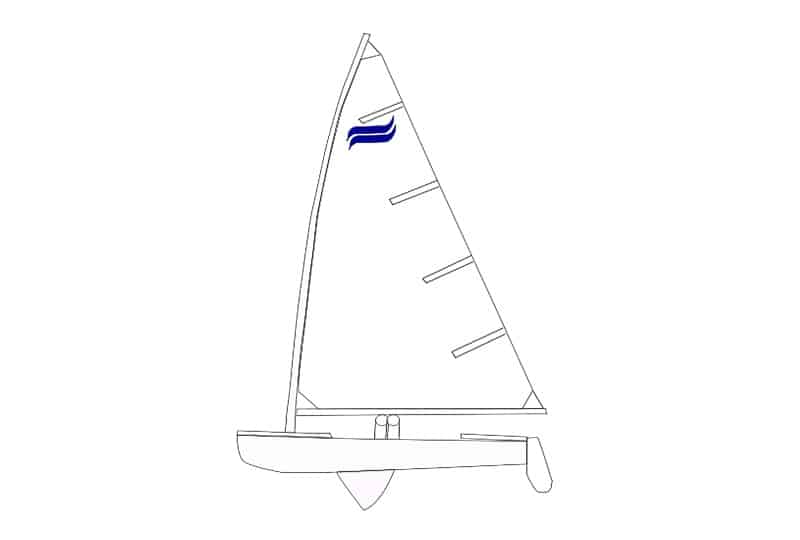 Designed by the Swedish canoe designer Rickard Sarby in 1949, the single handed Finn class racing dinghy was adopted for the Olympics in 1952 in Helsinki, Sarby himself taking the Bronze medal.
Designed by the Swedish canoe designer Rickard Sarby in 1949, the single handed Finn class racing dinghy was adopted for the Olympics in 1952 in Helsinki, Sarby himself taking the Bronze medal.
The Finn replaced the previous arrangement of having a different single hander design for each Olympiad. Predecessors as Olympic Monotypes, the term originally used in the Olympics for a single handed dinghy, had included boats such as O-Jolle and the Firefly, each covered elsewhere on this site. Since that original introduction the Finn has appeared at every Olympiad, making it the longest serving Olympic class.
The Finn was originally built using plywood hull together with a laminated single mast mounted through the deck and attached to a keel plate. Like most dinghy classes, however, the Finn has adopted the use of newer materials and is now built in GRP with masts made of aluminium or, at the top competitive level, carbon fibre.
The Finn is a class in which British sailors have been particularly successful over recent years, winning gold medals in many Olympics, before that the only British success had been a silver medal in 1952.
Seawolf won a number of notable trophies in the early 1960s and after a number of trials was shortlisted for the 1964 Tokyo Olympics.
Dimensions
Length 4.5m
Beam 1.51m
Draft (centreplate down) 0.89m


